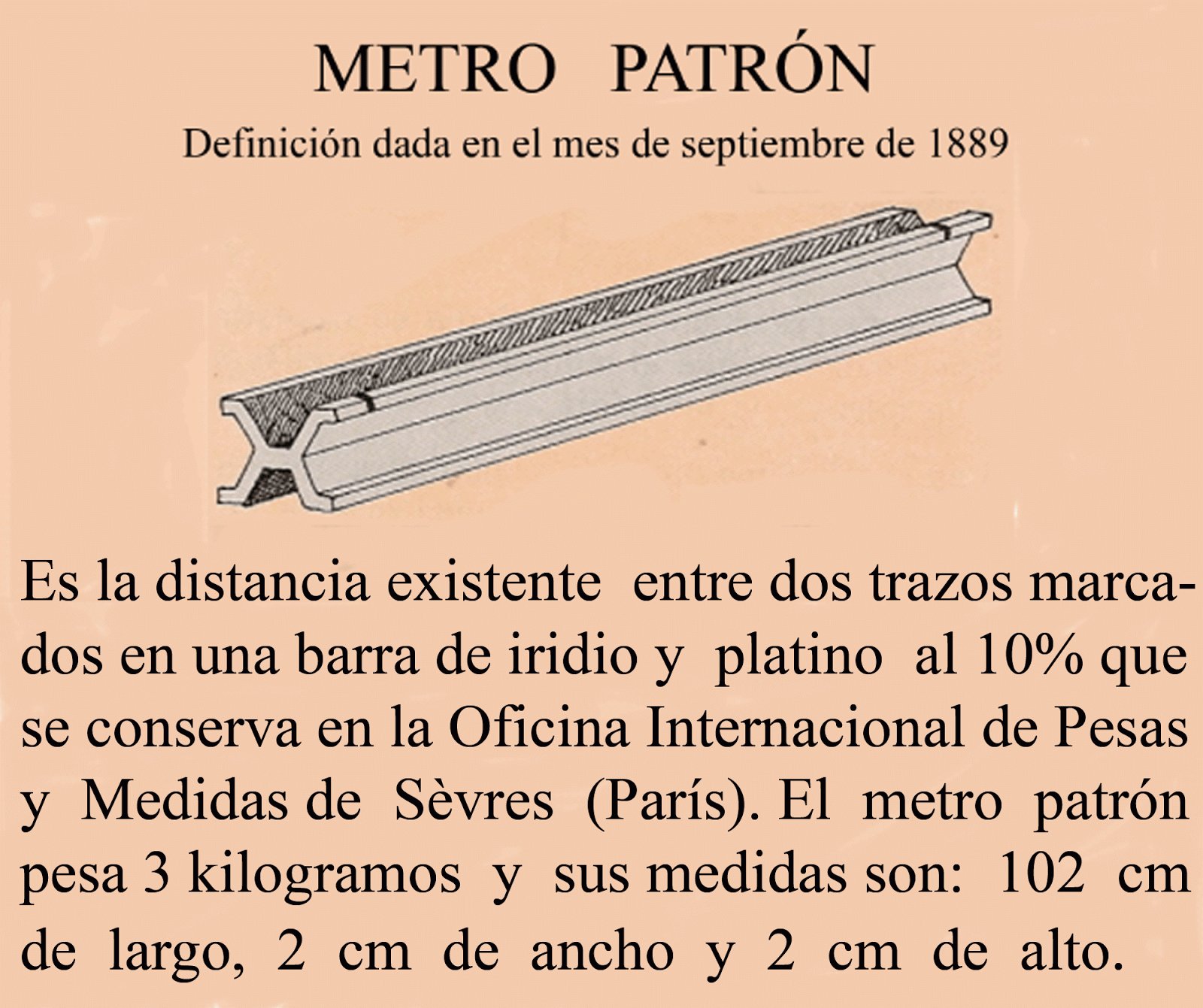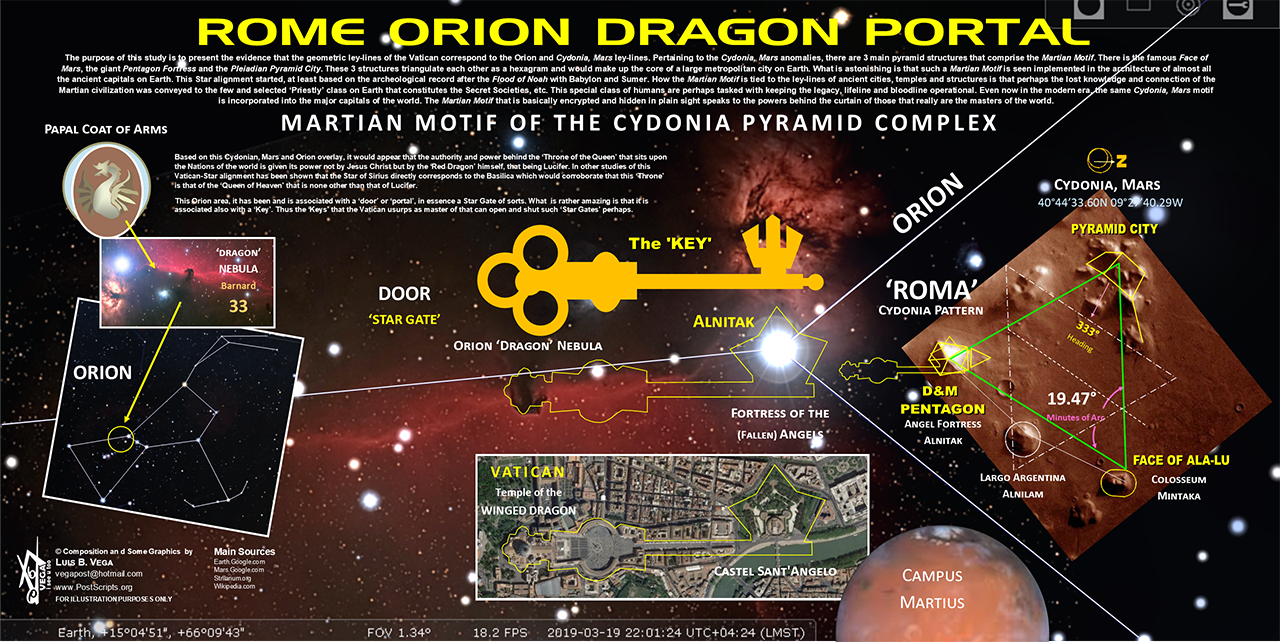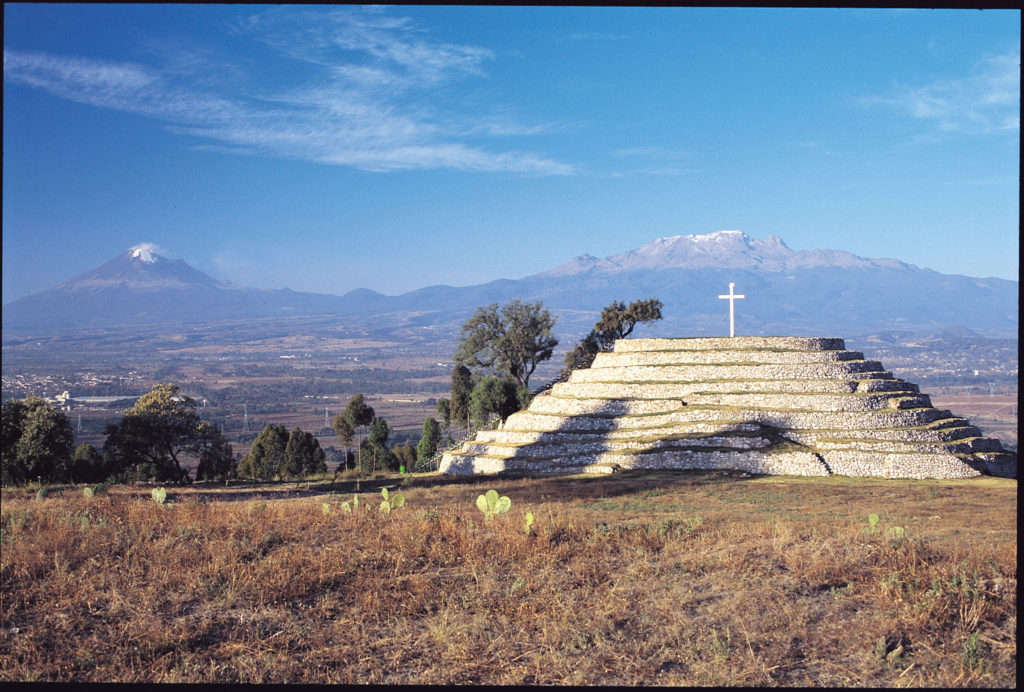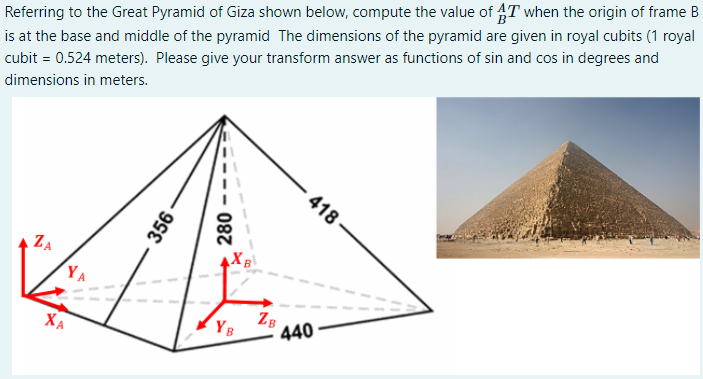|
|
EN APOCALIPSIS 22 ESTA LA CLAVE DE LA PIRAMIDE DE LOUVRE, EN SU RELACION CON VENUS/VIERNES/SEXTO DIA DE LA CREACION/ CREACION DEL HOMBRE Y LA MUJER A IMAGEN DE DIOS EN EL MARCO AL SANTO GRIAL-RELACION CON LA VIA LACTEA
VIA LACTEA / GALATAS 4:26 (UNGIMIENTO DE BETANIA) / LETRA G/ GOD / GOLD / GRIAL / DOG / GNOSIS
Apocalipsis 22
Reina-Valera 1960 (RVR1960)
22 Después me mostró un río limpio de agua de vida, resplandeciente como cristal, que salía del trono de Dios y del Cordero.
2 En medio de la calle de la ciudad, y a uno y otro lado del río, estaba el árbol de la vida, que produce doce frutos, dando cada mes su fruto; y las hojas del árbol eran para la sanidad de las naciones. (Una referencia a la VIA LACTEA, EN EL CONTEXTO A LAS DOCE CONSTELACIONES, PATRON DEL DISEÑO DEL TABERNACULO, RODEADO DE LAS 12 TRIBUS DE ISRAEL EN EL ANTIGUO TESTAMENTO E INCLUSO TAMBIEN DE LA ESTRELLA DE 6 PUNTAS, TAMBIEN RELACIONADA CON EL NUMERO 12)
ORION – The Key To The Kingdom Of Heaven

Robert Bauval’s Comparison of Orion/Milky Way with Giza/Nile
LADDER/ESCALERA
A=COMPAS
L=ESCUADRA
GNOSIS=STAR GATE
NOSI=SION
ALSION (UBICADA A 33 GRADOS DESDE O DE ARIES)
ESTRELLA DE DAVID ES LA ALQUIMIA, OSEA LA UNION ENTRE EL HOMBRE Y LA MUJER
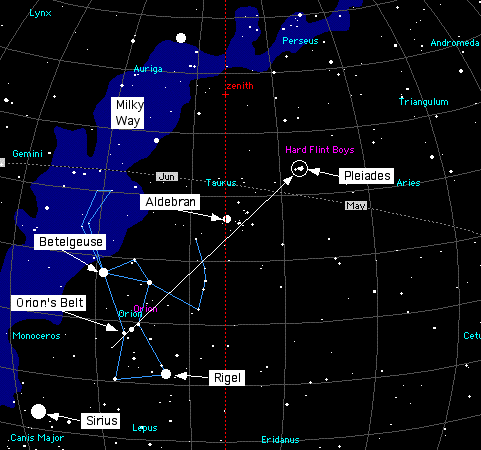
1. Génesis 4:1: Conoció Adán a su mujer Eva, la cual concibió y dio a luz a Caín, y dijo: Por voluntad de Jehová he adquirido varón.
2. Génesis 4:17: Y conoció Caín a su mujer, la cual concibió y dio a luz a Enoc; y edificó una ciudad, y llamó el nombre de la ciudad del nombre de su hijo, Enoc.
3. Génesis 4:25: Y conoció de nuevo Adán a su mujer, la cual dio a luz un hijo, y llamó su nombre Set: Porque Dios (dijo ella) me ha sustituido otro hijo en lugar de Abel, a quien mató Caín.
PARA LA BIBLIA CONOCIO (GNOSIS EN GRIEGO) TIENE FUERTE CONNOTACION SEXUAL. PARA LA TORA SEXO/SEX/SIX/SEIS (ESTRELLA DE 6 PUNTAS)/SEXTO DIA TIENE FUERTE RELACION SEXUAL. LA TRADICION DETRAS DE LA DEMONIZACION DE LA MUJER, TAMBIEN DEMONIZO EL ACTO SEXUAL.
NOTEN LA ESTRELLA DE 6 PUNTAS (NUMERO 33-DOS TRIANGULOS) Y EL AGUILA/PHOENIX EN EL DOLAR
NOTEN LA ESTRELLA DE 5 PUNTAS EN EL CENTRO DEL EXAGONO CENTRO DE LA ESTRELLA DE 6 PUNTAS
EL EXAGONO TAMBIEN ES UNA REFERENCIA AL CUBO.
NOTEN QUE EN ESTA ESTRELLA DE 6 PUNTAS HAY 13 TRIANGULOS DE 5 PUNTAS, OSEA QUE NOS DA UN NEXO CON LAS 12 CONSTELACIONES DEL ZODIACO, CON LAS 12 HORAS DEL DIA, CON LAS 12 LUNAS QUE HAY EN EL CALENDARIO, CON LA SANTA CENA EN EL CONTEXTO A LOS 12 APOSTOLES, CON LAS 12 TRIBUS DE ISRAEL, CON EL MERIDIANO DE GREENWICH E INCLUSO CON ROSE LINE, ETC,ETC. TODO TIENE COMO PATRON LA ESTRELLA DE 6 PUNTAS, OSEA LA UNION ENTRE EL HOMBRE Y LA MUJER QUE LA TRADICION RELIGIOSA "OLVIDO". ESTE ES EL PATRON ESOTERICO DETRAS DE APOCALIPSIS 22 EN SU RELACION CON VENUS.

Observen una estrella de 6 puntas=6to dia=sex=six=VENUS/VIERNES (SEXTO DIA DE LA SEMANA)
OBSERVEN QUE TAMBIEN ES UN CUBO
6,7 Y 8
3 Y no habrá más maldición; y el trono de Dios y del Cordero estará en ella, y sus siervos le servirán,
4 y verán su rostro, y su nombre estará en sus frentes.
5 No habrá allí más noche; y no tienen necesidad de luz de lámpara, ni de luz del sol, porque Dios el Señor los iluminará; y reinarán por los siglos de los siglos.
La venida de Cristo está cerca
6 Y me dijo: Estas palabras son fieles y verdaderas. Y el Señor, el Dios de los espíritus de los profetas, ha enviado su ángel, para mostrar a sus siervos las cosas que deben suceder pronto.
7 !!He aquí, vengo pronto! Bienaventurado el que guarda las palabras de la profecía de este libro.
8 Yo Juan soy el que oyó y vio estas cosas. Y después que las hube oído y visto, me postré para adorar a los pies del ángel que me mostraba estas cosas. (ES UNA REFERENCIA ESOTERICA A JUAN MARCOS, HECHOS 12:12, EL HIJO DE CRISTO Y MARIA MAGDALENA, OSEA EL GRIAL)
9 Pero él me dijo: Mira, no lo hagas; porque yo soy consiervo tuyo, de tus hermanos los profetas, y de los que guardan las palabras de este libro. Adora a Dios.
10 Y me dijo: No selles las palabras de la profecía de este libro, porque el tiempo está cerca.
11 El que es injusto, sea injusto todavía; y el que es inmundo, sea inmundo todavía; y el que es justo, practique la justicia todavía; y el que es santo, santifíquese todavía.
12 He aquí yo vengo pronto, y mi galardón conmigo, para recompensar a cada uno según sea su obra.
13 Yo soy el Alfa y la Omega, el principio y el fin, el primero y el último. (EL SALMO 119, ESTA ESCRITO EN FUNCION A LAS 22 LETRAS HEBREAS. OSEA QUE EN UN CONTEXTO GRIEGO LA REFERENCIA AL ALFA Y EL OMEGA, ES EN EL CONTEXTO A LAS 22 LETRAS HEBREAS. EL DISEÑO DE LA TORRE EIFFEL EN FUNCION A DICHO SALMO, ES UNA REFERENCIA AL REGOCIJO EN LA TORA, OSEA EL OCTAVO DIA DE LA FIESTA DE LOS TABERNACULOS, LEVITICO 23:33, EN EL CUAL LOS JUDIOS LEEN EL SALMO 119, EL MISMO DIA 22/7 O 22 DE TISHRI. ESE ES EL SECRETO DE LA PI=22/7=3.14=DIA DE MARIA MAGDALENA EN EL MARCO A LA PIRAMIDE DE LOUVRE.)

LA GEMATRIA CONFIRMA LA RELACION DE MARIA MAGDALENA, EL CALENDARIO HEBREO, LA VIA LACTEA E INCLUSO EL MISMO SALMO 119-LAS MATEMATICAS SON EXACTAS PARA EL TODOPODEROSO
| milky way in Simple Gematria Equals: 119 |
( |
m 13 |
i9 |
l 12 |
k 11 |
y 25 |
0 |
w 23 |
a1 |
y 25 |
) |
| queen mary in Simple Gematria Equals: 119 |
( |
q 17 |
u 21 |
e5 |
e5 |
n 14 |
0 |
m 13 |
a1 |
r 18 |
y 25 |
|
| hebrew calendar in Simple Gematria Equals: 119 |
( |
h8 |
e5 |
b2 |
r 18 |
e5 |
w 23 |
0 |
c3 |
a1 |
l 12 |
e5 |
n 14 |
d4 |
a1 |
r 18 |
| mary magdalene in Simple Gematria Equals: 119 |
( |
m 13 |
a1 |
r 18 |
y 25 |
0 |
m 13 |
a1 |
g7 |
d4 |
a1 |
l 12 |
e5 |
n 14 |
e5 |
|

NOTEN QUE LA PARTE INFEFIOR DE LA TORRE EIFFEL TIENE LA FORMA DE LA LETRA GRIEGA OMEGA Y QUE LA PARTE SUPERIOR TIENE LA FORMA DE LA LETRA ALFA/A.

Figura 16. La relación geométrica entre el codo real y el metro.
LO QUE ES MONSTRUOSO QUE LA GRAN PIRAMIDE DE GIZE, EN CODOS REALES TAMBIEN ESTA RELACIONADO CON EL SALMO 119 E INCLUSO CON LA INDEPENDENCIA DE LOS ESTADOS UNIDOS
Basándonos en este concepto, encontraremos otro importante juego numérico, asociado a las medidas enteras que definen el monumento: el lado de la base de 440 cr y la arista de 218 m. La pirámide tiene 4 lados y 4 aristas. El número que se obtiene de la suma de los 4 lados es 4 x 440 = 1.760; y el que resulta de la suma de las 4 aristas es 4 x 218 = 872. Su diferencia es igual a 888.
Y el 888 es el número que contiene la clave de la Gran Pirámide de Keops.
En la adjunta Tabla de la Gran Pirámide (fig. 18) las magnitudes se hallan en codos reales y en metros. La investigación desarrollada me permitió concluir lo ya intuido: la relación entre el codo real y el metro que los sacerdotes-arquitectos de la Gran Pirámide usaron en el monumento fue 1 codo real = Φ2/5 metros, o lo que es lo mismo, 1 codo real = 2,61803399/5 metros = 0,52360680 metros.
Esta relación es, pues, la que se aplica entre ambas unidades de medida, tanto en el perímetro de la Gran Pirámide, como en su superficie o en su volumen. Por tanto y como es lógico, para transformar codos reales en metros se ha multiplicado la medida en codos reales por 0,52360680; para hacerlo de cr2 a m2, se ha multiplicado los cr2 dos veces por esa cifra, es decir, por su cuadrado; y para pasar de cr3 a m3 se ha multiplicado los cr3 tres veces por la cifra antedicha, es decir, por su cubo.

Figura 18. La Tabla de la Gran Pirámide, con sus magnitudes que cumplen la Ley del 888.
1760 SON UNA REFERENCIA A LOS 176 VERSICULOS DEL CAPITULO MAS LARGO DE LA BIBLIA, OSEA EL SALMO DEL REGOCIJO EN LA LEY DE DIOS. ESTO ES UNA REFERENCIA AL 22/7 (22 DE TISHRI O SEPTIMO MES=LEVITICO 23:33), OSEA LA FESTIVIDAD DE SIMCHAT TORAH. EL PATRON DE LA INDEPENDENCIA DE ESTADOS UNIDOS, EN UN MARCO A GIZE, ESTA BASADO EN EL SALMO 119.
14 Bienaventurados los que lavan sus ropas, para tener derecho al árbol de la vida, y para entrar por las puertas en la ciudad.
15 Mas los perros estarán fuera, y los hechiceros, los fornicarios, los homicidas, los idólatras, y todo aquel que ama y hace mentira.
16 Yo Jesús he enviado mi ángel para daros testimonio de estas cosas en las iglesias. Yo soy la raíz y el linaje de David, la estrella resplandeciente de la mañana. (LA ESTRELLA DE LA MAÑANA, OSEA VENUS/SIRIO. ES UNA REFERENCIA A ISHTAR. PARIS ESTA DISEÑADO EN FUNCION A SIRIO COMO HE EXPUESTO EN MENSAJES ANTERIORES Y VENUS. NOTEN LA CLAVE DEL VERSICULO 22:16 ES UNA REFERENCIA AL 22/7=PI=3.14, OSEA A LA MISMA PIRAMIDE DE LOUVRE DISEÑADA EN FUNCION A VENUS/SIRIO)
17 Y el Espíritu y la Esposa dicen: Ven. Y el que oye, diga: Ven. Y el que tiene sed, venga; y el que quiera, tome del agua de la vida gratuitamente. (ISRAEL/VENCEDOR/VENUS/V=UTERO FEMENINO. ISIS-RA-ELOHIM. EL MISMO TERMINO ISRAEL TIENE CONNOTACION DE LA UNION ENTRE EL HOMBRE Y LA MUJER. TODO EL RITUAL DE LA MISA CATOLICA, EN FUNCION AL NUMERO 33, GIRA ALREDEDOR DE ESTE VERSICULO. EL CATOLICISMO ESOTERICO MANEJA CODIGOS QUE LOS FALSOS PROTESTANTES NO TIENEN NI IDEA.)
18 Yo testifico a todo aquel que oye las palabras de la profecía de este libro: Si alguno añadiere a estas cosas, Dios traerá sobre él las plagas que están escritas en este libro.
19 Y si alguno quitare de las palabras del libro de esta profecía, Dios quitará su parte del libro de la vida, y de la santa ciudad y de las cosas que están escritas en este libro.
20 El que da testimonio de estas cosas dice: Ciertamente vengo en breve. Amén; sí, ven, Señor Jesús.
21 La gracia de nuestro Señor Jesucristo sea con todos vosotros. Amén.
AMEN=33
|
|
A gauche, l'emblème maçonnique.
A droite, l'"étoile de David".
Deux barres ou lignes horizontales appliquées sur le compas et l'équerre maçonniques suffisent à faire de l'emblème une étoile de David.
|
|
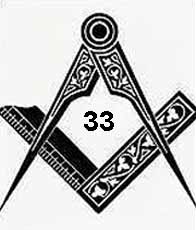
GEMATRIA AMEN (INGLES)=33
NOTEN QUE ESTAN LA AM (V CORTA EN EL CENTRO), OSEA UNA REFERENCIA A LA ESTRELLA DE 6 PUNTAS
33 is not only a numerical representation of “the Star of David,” but also the numerical equivalent of AMEN: 1+13+5+14=33...
|
|
|
|
|
Efemérides: Pierre-Simon Laplace

Efemérides: Pierre-Simon Laplace
Beaumont-en-Auge, Normandía, 23 de marzo de 1749 -París, 5 de marzo de 1827
Astrónomo, físico y matemático. Desarrolló la transformada de Laplace y la teoría nebular, ecuación de Laplace. Compartió la doctrina filosófica del determinismo científico.
Su obra más importante, “Traité de mécanique céleste”, es un compendio de toda la astronomía de su época, enfocada de modo totalmente analítico, y donde perfeccionaba el modelo de Newton, que tenía algunos fenómenos pendientes de explicar, como la aceleración de Saturno y la Luna, o el frenado de Saturno, que inducían a pensar que Saturno sería captado por el Sol, y Júpiter saldría del sistema solar y la Luna caería sobre la Tierra.
Laplace demostró que la aceleración de Júpiter y la Luna y el frenado de Saturno no eran contínuos, sino que eran movimientos oscilatorios de períodos milenarios, explicando de esta manera y con muy complejos cálculos, estos fenómenos que constituían anomalías en el modelo newtoniano de Universo.
Durante la Revolución Francesa, ayudó a establecer el Sistema Métrico.
Enseñó Cálculo en la Escuela Normal y llegó a ser miembro del Instituto Francés en 1795. Bajo el mandato de Napoleón fué miembro del Senado, y después Canciller y recibió la Legión de Honor en 1805.
https://www.diariomasonico.com/efemerides/pierre-simon-laplace/ |
|
|
|
|
https://pilarsabariego.com/pierre-simon-laplace/ |
|
|
|
|
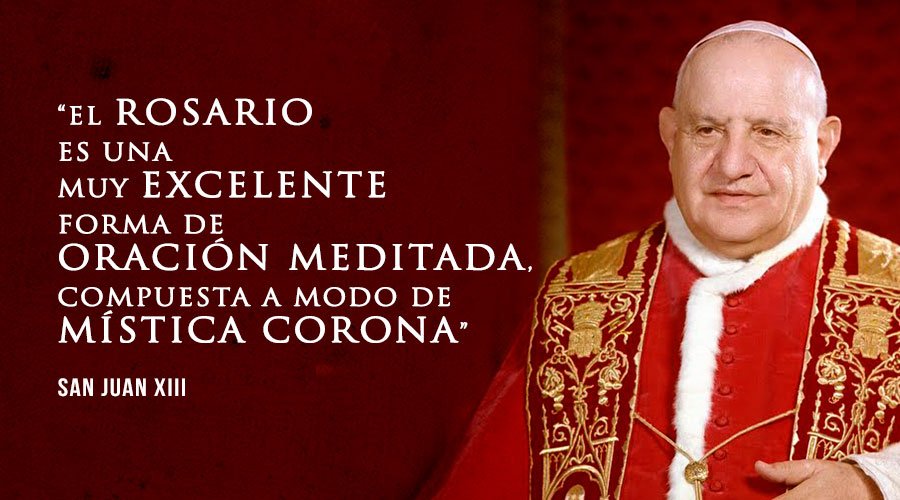  
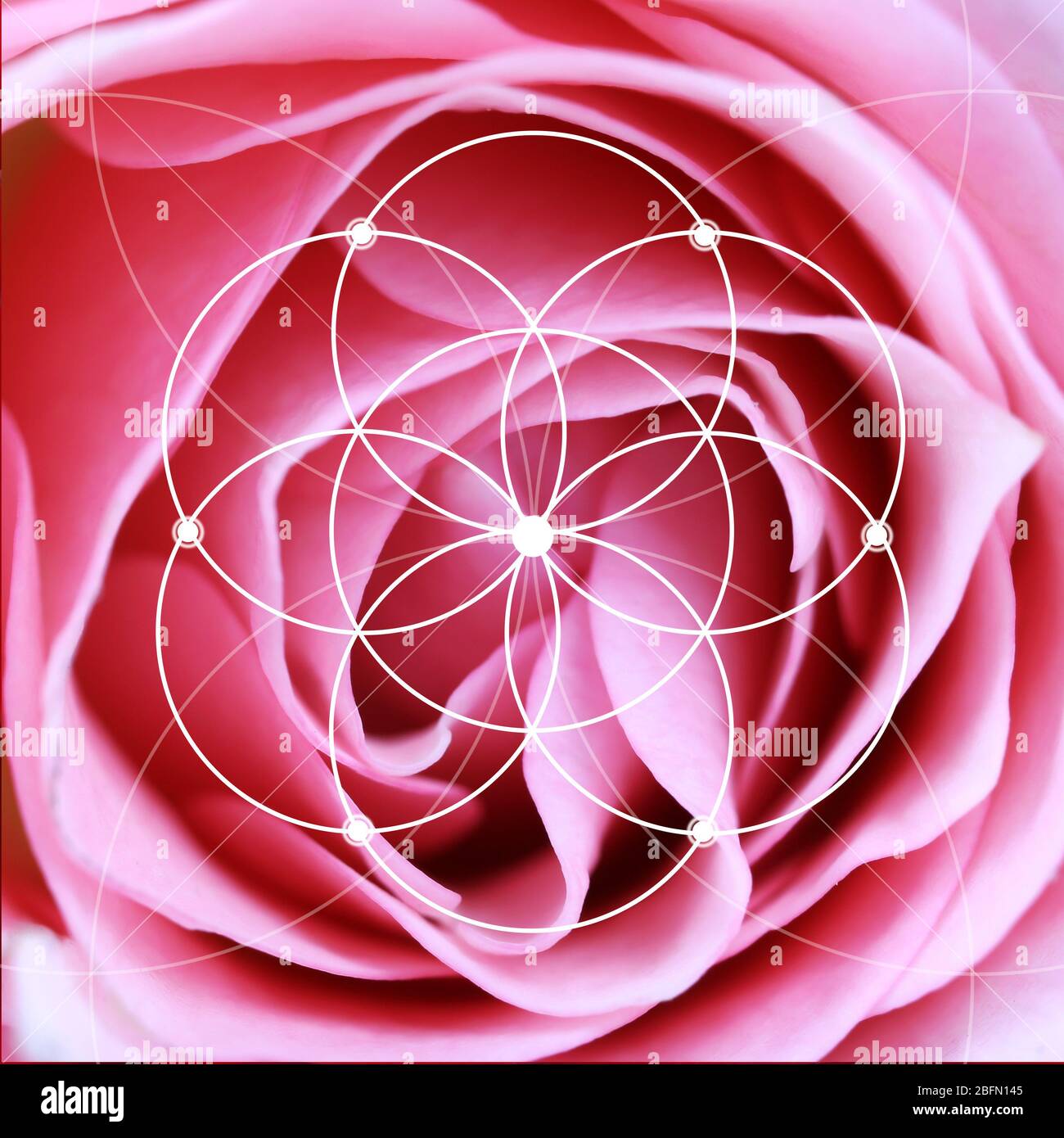  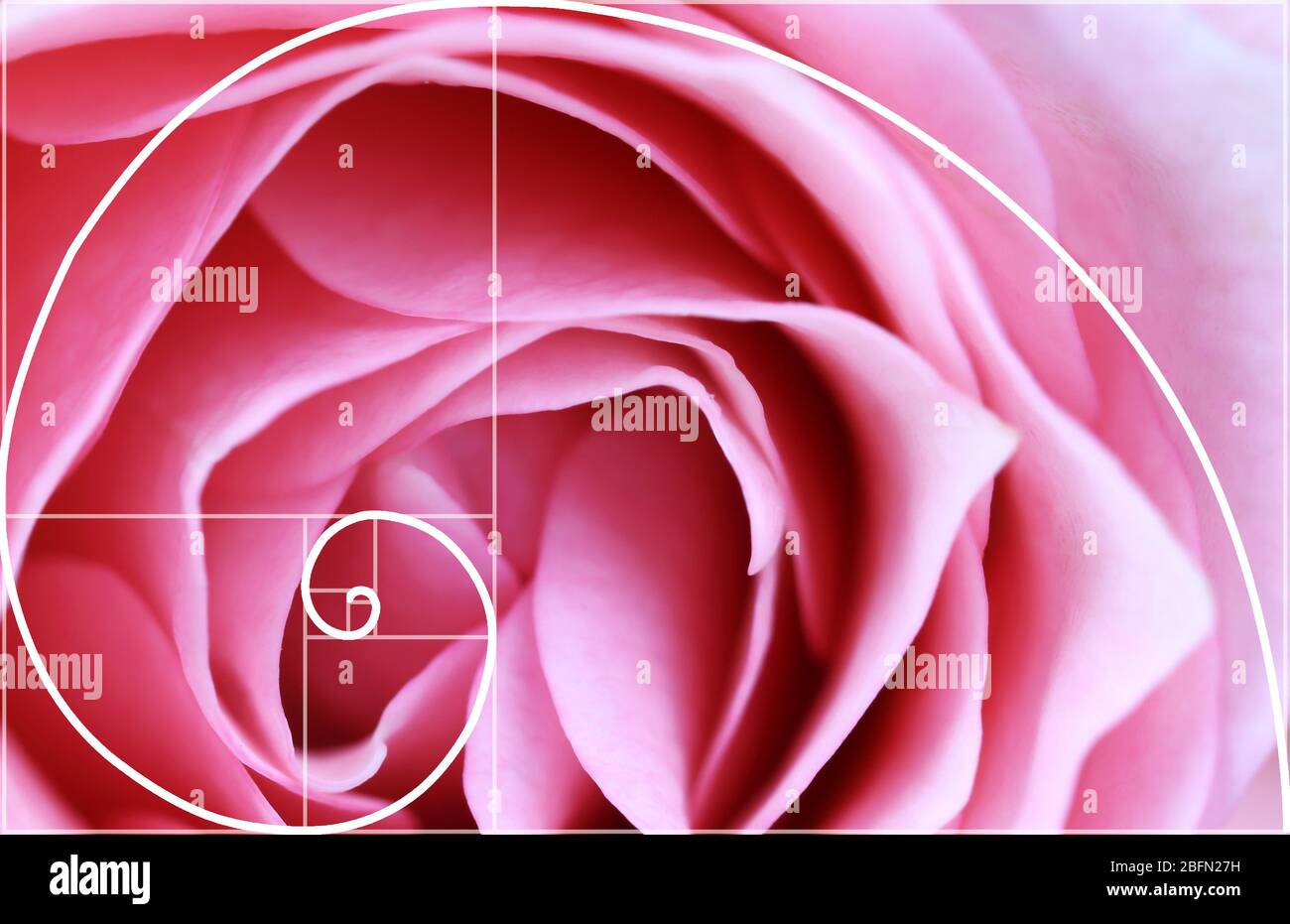 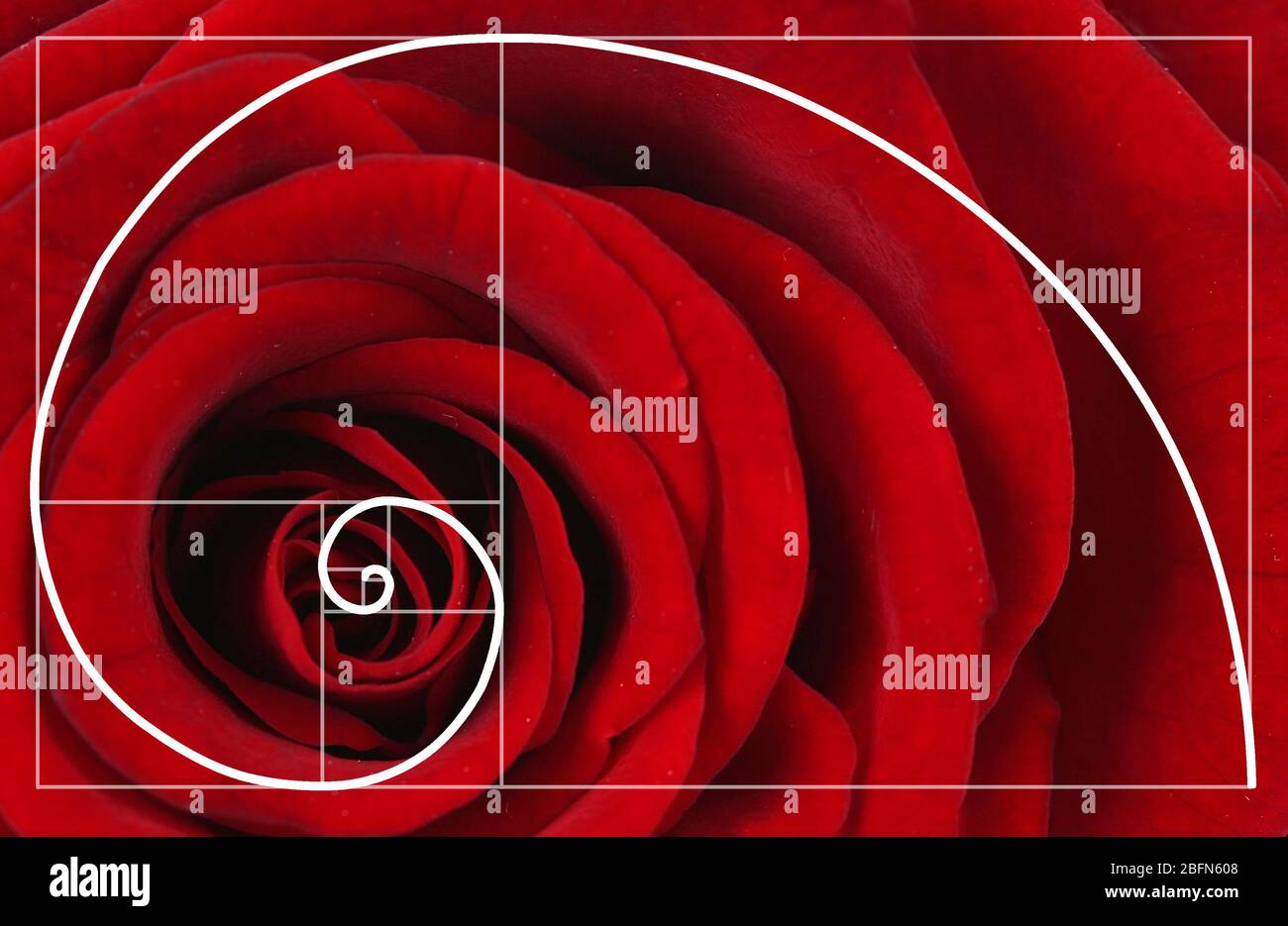 
Subestación eléctrica de maniobras Magdalena I (Parque Solar Magdalena I)
NOVIEMBRE 17, 2021 PV MAGAZINE
Pirámide de la Espiral Xochitecatl, Tlaxcala
Fotografía: Gobierno del estado de Tlaxcala
La Dirección General de Impacto y Riesgo Ambiental de la Secretaría de Medio Ambiente y Recursos Naturales informa que ha recibido la documentación de la firma promovente Más Energía, para el proyecto de la Subestación eléctrica de maniobras Magdalena I (Parque Solar Magdalena I).
El proyecto consiste en la construcción, operación y mantenimiento de una subestación eléctrica de maniobras, dos accesos, y una línea eléctrica de entronque de 400 Kv que se interconectará a una línea de transmisión eléctrica existente de 400 Kv propiedad de la Comisión Federal de Electricidad para desahogar la energía eléctrica que se genera en la planta fotovoltaica parque solar Magdalena I al Sistema Eléctrico Nacional.
Este contenido está protegido por derechos de autor y no se puede reutilizar. Si desea cooperar con nosotros y desea reutilizar parte de nuestro contenido, contacte: editors@pv-magazine.com.
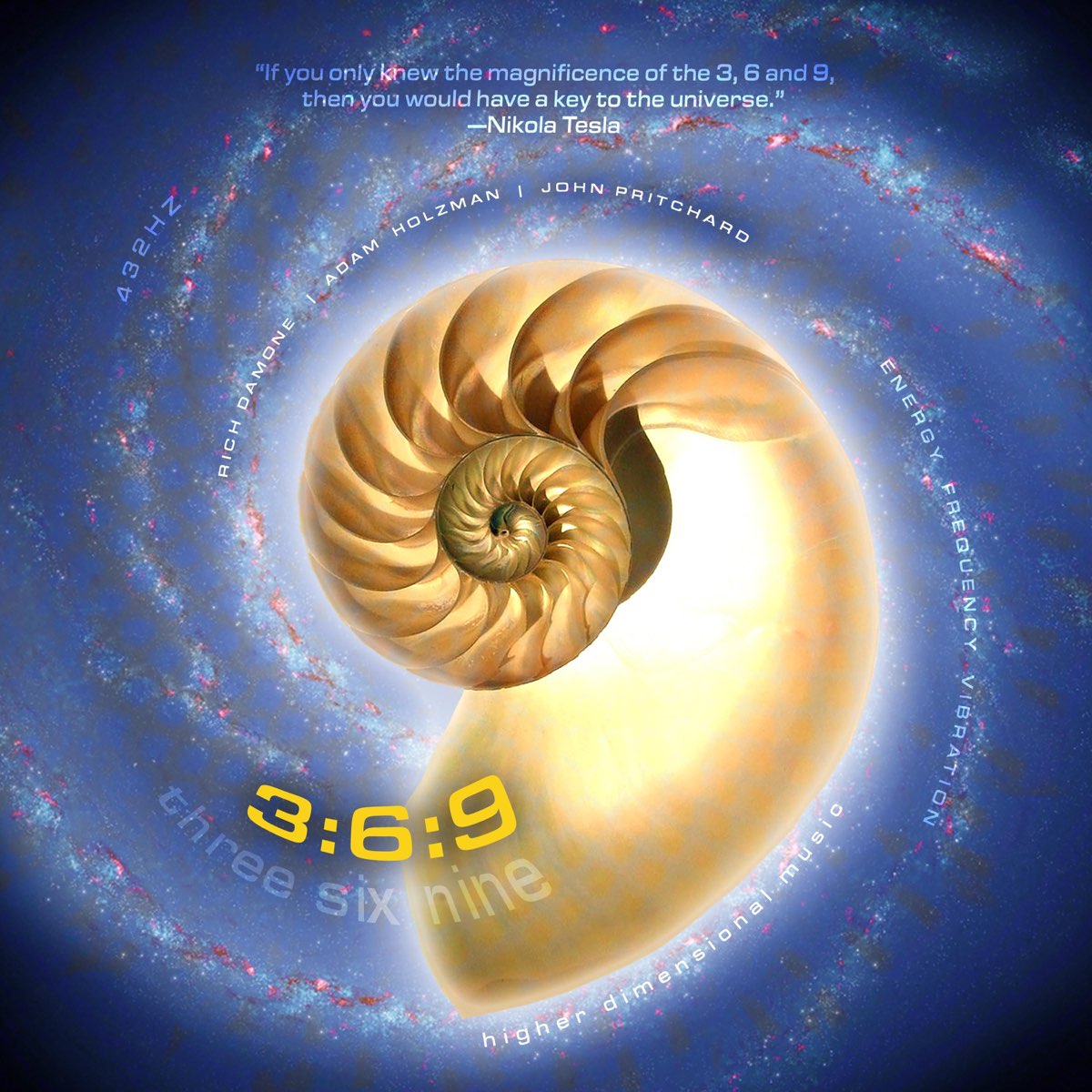 
6 Schematic representation of a cyclotron. The distance between the pole pieces of the magnet is shown larger than reality to allow seeing what is inside
https://www.researchgate.net/figure/Schematic-representation-of-a-cyclotron-The-distance-between-the-pole-pieces-of-the_fig3_237993541
|
|
|
|
|
Estación de Madeleine
| Madeleine |

La estación de la línea 12
|
|
Estación de Madeleine (París)
|
| Ubicación |
| Coordenadas |
 48°52′11″N 2°19′28″E 48°52′11″N 2°19′28″E |
| Comuna |
VIII Distrito |
| Localidad |
París |
| Datos de la estación |
| Código |
10-03 o MAD |
| Inauguración |
5 de noviembre de 1910 |
| Pasajeros |
Sin datos disponibles |
| N.º de vías |
6 |
| Propietario |
RATP |
| Operador |
RATP |
| Líneas |
|
|
|
|
Madeleine es una estación de las líneas 8, 12 y 14 del metro de París situada en el 8.º distrito, cerca de la Iglesia de la Madeleine.
El nombre de la estación proviene de un pueblo que se estableció en el siglo vi al oeste de la capital en torno a una capilla de la diócesis de París que fue dedicada en el siglo xiii a Santa María Magdalena. Siglos después se incorporó a París al crecer la ciudad y se edificó el actual templo de estilo neoclásico.
Fue inaugurada el 5 de noviembre de 1910 con la apertura de la línea A, hoy línea 12, de la Compañía Nord-Sud. El 13 de julio de 1913, llegaría la línea 8, con la puesta en marcha de su tramo inicial entre en Beaugrenelle y Opéra. Mucho más recientemente, el 15 de octubre de 1998, se abrió la estación de la línea 14, una estación que marcó el final de línea hasta el año 2003, siendo posteriormente prolongada hasta Saint-Lazare.
Estación de la línea 8
[editar]
Se compone de dos andenes laterales 75 metros de longitud y de dos vías.
Está diseñada en bóveda elíptica revestida completamente de los clásicos azulejos blancos biselados del metro parisino.
La iluminación es de estilo Motte y se realiza con lámparas resguardadas en estructuras rectangulares de color naranja que sobrevuelan la totalidad de los andenes no muy lejos de las vías.
La señalización por su parte usa la moderna tipografía Parisine donde el nombre de la estación aparece en letras blancas sobre un panel metálico de color azul. Por último los asientos, que también son de estilo Motte, combinan una larga y estrecha hilera de cemento revestida de azulejos naranja que sirve de banco improvisado con algunos asientos individualizados de color amarillo que se sitúan sobre dicha estructura.
Estación de la línea 12
[editar]
Se compone de dos andenes laterales curvados de 75 metros de longitud y de dos vías.
En su diseño es idéntica a la estación de la línea 8 variando el color, ya que en este caso se ha optado por el rojo.
Estación de la línea 14
[editar]
A diferencias de las anteriores, la estación de la línea 14 si ofrece mayores elementos decorativos.
En sus accesos, dentro de una urna de cristal, se conserva una réplica de una obra del escultor rumano Constantin Brancusi llamada La prière (el rezo), que muestra a una figura humana desnuda rezando de rodillas. La obra fue donada a la RATP por la fundación franco-rumana para celebrar el 125 aniversario del nacimiento del autor. También en los accesos a la estación se encuentra una vidriera semicircular, a pie de suelo, que representa la gallina Ryaba junto a un texto escrito en ruso que fue donada por el metro de Moscú. Por último, dentro de la estación, en la bóveda de piedra se encuentra una instalación artística, realizada por Jacques Tissinier, titulada Tissignalisation n°14. Consiste en la colocación de mil discos de acero de 16 centímetros de diámetro que simulan hojas de papiro estilizadas coloreadas en blanco, azul, rojo y naranja.
En cuando a la estación en si, se compone de dos andenes laterales de 120 metros y de dos vías, siguiendo con el diseño moderno de todas las estaciones de la línea 14. Sin embargo, eso no ha evitado problemas de mal olor causado por la emanación de ácido sulfhídrico por culpa de una aislamiento defectuoso de las instalaciones.1
- Pierre Miquel (1993). Petite histoire des stations de métro. éditions Albin Michel. ISBN 2-226-06671-3.
|
|
|
|
|
June 22 DC Metro subway trains collide - 9 dead, 80 injured
Timeline:
June 18-24: Gov. Sanford missing/crying in Argentina
June 21: 'Impact' Part 1 on ABC; Prince William birthday
June 22: DC Metro Red Line trains in collision
June 23: US Moon probes (LRO/LCROSS) reach Moon
June 24: Gov. Sanford reveals Argentine affair
June 25: Death of Michael Jackson & Farahh Fawcett
'Metro' means 'meter' in Spanish, Italian, Portuguese, etc. The meter is historically defined as 1/10,000,000 of the distance between the North Pole and the equator through Paris, or in other words the Paris Meridian between the North Pole and the equator. The Paris Meridian is also the 'Rose Line' (an esoteric concept popularized by The Da Vinci Code) i.e. a 'Red Line'...

DC Metro Red Line = French/Columbian Rose Line
...traditionally implying the Blood Royal/Sangraal or the Marian/Columbian Bloodline of the Holy Grail.
In Bloodline of the Holy Grail Laurence Gardner writes of the House of Stuart, the royal bloodline to which Princess Diana and her children belong (pp. 344-5):
https://www.goroadachi.com/etemenanki/moonwalker.htm |
|
|
|
|
 Primer Primer  Anterior 2 a 3 de 3 Siguiente Anterior 2 a 3 de 3 Siguiente  Último Último  |
|
|
|
|
|
Metric Time
Aside from you chronically late people, we all know how time works:

This system is okay. But also, it’s kind of crazy.
Why 60 minutes per hour? Why 60 seconds per minute? It goes back to Babylon, with their base 60 number system—the same heritage that gives us 360 degrees in a circle. Now, that’s all well and good for Babylon 5 fans, but our society isn’t base-60. It’s base-10. Shouldn’t our system of measuring time reflect that?
So ring the bells, beat the drums, and summon the presidential candidates to “weigh in,” because I hereby give you… metric time.

Now, this represents a bit of a change. The new seconds are a bit shorter. The new minutes are a bit longer. And the new hours are quite different—nearly two and a half times as long.

So why do this? Because it’d be so much easier to talk about time!
Here’s one improvement: analog clocks are easier to read. At first glance, the improvement may not be so obvious—we’ve simply reshuffled the numbers a bit.

But notice, the minute hand makes more sense now. When it’s at the 2, we’re 20 minutes past the hour. When it’s at the 7, we’re 70 minutes after the hour. And so on.

Second, times are no longer duplicated. For example, instead of needing to distinguish between 6am and 6pm, we can simply say “2:50” and “7:50.” (This is, of course, how “military time” currently works.)
Third—this is a big one—the time tells you how far through the day you are. The time 2:00 is exactly 20% of the way through the day. At 8:76, we’re exactly 87.6% of the way through the day.

Fourth, consider the moment when we’re 99.9% of the way through the day. In the new metric system, we get to watch the clock roll from 9:99 back around to 0:00. Isn’t that nicer and more conclusive than 11:59pm rolling around to 12:00am?
Fifth, it’s so much easier to talk about longer times. Two and a half days? That’s 25 hours. Three days and 6 hours? That’s simply 3.6 days. Since an hour is now a nice decimal fraction of a day, these conversions become easy.
Will there be adjustments to make? Certainly! But the adjustments are half of the fun.
Let’s start, as all good things do, with television. Whether you enjoy half-hour sitcoms or hour-long dramas, the length of your favorite shows is probably going to change. Why? Because, under our new system, what we now call “half an hour” will be 20.83 minutes. What we now call “an hour” will be 41.67.

There’s nothing magical about these “half-hour” and “hour” lengths, obviously. They were chosen simply because they were nice round numbers. But under the new system, they aren’t! Since it’d be silly to divide the TV schedule into 21-minute intervals, presumably television networks would tweak the lengths to go more evenly into an hour.
If so, they’d have two choices: 5 blocks per hour (i.e., two dramas, plus a sitcom), or 4 blocks per hour (i.e., two dramas).
If you choose the former, shows will be 4% shorter than today, leading to accelerated storytelling. (It’s the same change that’s unfolded over the last 20 years, as increased ad time has squeezed the shows themselves to be shorter.)

And if you choose the latter, shows will be 20% longer. They’ll perhaps unfold at a slower, more cinematic speed. Either way, expect the pacing and rhythm of TV shows to change.
Sports run into the same issue. Football will probably opt for four quarters of 10 minutes each, which shortens the game by 4%. Expect slightly diminished scoring as a result. (And, if we’re lucky, diminished concussions.)

Hockey, meanwhile, might go for three periods of 15 minutes each, which actually makes the game 8% longer. It might give someone a chance to tackle Wayne Gretzky’s scoring records (but then again, probably not—he’s way out of reach right now).

I’d expect soccer to select two halves of 30 minutes each, which (as with American football) shortens games by 4%. If you thought soccer was too high-scoring already, you’re in luck (and also in a very small minority, I suspect).

When it comes to sports, the lengths of games won’t be the only thing changing. We also need to reconsider record running times.
Usain Bolt’s world-record for the 100-meter dash (currently 9.58 seconds) would be, under the new system, 11.09 metric seconds. Doing the 100m in 11 metric seconds might be achievable in the future, but 10 seconds? Perhaps never. (That’s the equivalent of 8.64 of our seconds!)
What about the mile? Well, it’s a little funny to imagine a world with metric time still worrying about that strange unit of distance (5280 feet? Really?), but the famed 4-minute mile would correspond to a 2.78-minute mile.
This is weird because, for top runners in the 1940s and 1950s, the barrier to running a 4-minute mile may have been less physiological than psychological. Would the 2.8-minute mile have felt as intimidating? Would the 3-minute mile? Perhaps it’d be the 2.5-minute mile, seeing as the current world record (3:43 in our old system) is 2.58 metric minutes?

And we might as well mention the marathon, where the world record time (currently 2:02:57) is now under an hour: 85 minutes, 38 seconds. I suspect that the 1-hour marathon would be a real badge of honor, something that every distance runner aspires to.
Leaving sports aside, what about food?
Restaurants would open for breakfast at perhaps 3:00 or 3:50. (Of course, coffee shops like Starbucks might open as early as 2:50.)
You’d get lunch around 5:00—that is to say, noon. Under our current system, I feel silly eating before 11:30, which is 4:80 under the new system. But I wonder—would I feel comfortable grabbing lunch at 4:75? Perhaps even 4:60 (even though that’s earlier than 11am under our current scheme)?

Eating is psychological, and how we number our hours might steer our behavior.
As for dinner, I suspect 7:50 to 8:00 would be the preferred time (although the famously late-eating Spaniards might hold off until 8:75 or 9:00).
Other numbers change, too. Take speed limits: the typical 65mph limit on many highways translates to 156 mph under the new system; I suspect we’d see that bumped up to 160 mph or down to 150 mph for the sake of roundness (which translates to 66.7mph or 62.5mph under our current system).

The speed of sound? Not 340 meters per second any longer; it’s now just 294 meters per second. Meters haven’t changed, of course, but seconds have gotten shorter!
And the speed of light? Unfortunately, we lose the lovely number 300 million meters per second; instead, it becomes roughly 260 million meters per second.
Speaking of light, on the equinox, you get 5 hours of light and 5 hours of dark.
The winter solstice is pretty grim: in London, you’d see just 3 hours, 25 minutes, and 25 seconds of daylight.
The summer solstice is nice, though: London would get 6 hours, 93 minutes of sun.

Okay, time to come clean: I propose this without a single iota of seriousness. It’d be insane to ditch our current system. We’re used to it. We’ve agreed upon it. We’ve built our lives around it. The hassle of a change far outweighs the gains.
But I still love the thought experiment. It asks you, in some small way, to reimagine your life. How do you spend your time? How do you measure the success of a day? When you plan your hours, are you conceding to the arbitrary dictates of a quirky clock, or are you truly giving your tasks the time that they deserve? If I scrambled your sense of time, relabeling all your moments, would it change the way you feel about them? Do the numbers we assign to times matter? Or are we just scratching lines on the shifting dunes of eternity?
https://mathwithbaddrawings.com/2015/04/16/metric-time/
|
|
|
|
|
Dimensions of the Cheops-pyramid (Khufu's pyramid)
Numbers and figures of the Cheops (Khufu) pyramid:
The pyramid of Khufu - Output / performance - Building material - Dimensions of the pyramid - Dimensions in Royal Cubits - Sources
 Cheops-pyramid (pyramid of Khufu) Cheops-pyramid (pyramid of Khufu)
Of the the famous Seven Wonders of the Ancient World the Great Pyramid of Khufu (Cheops) at Giza is the only one still standing. Even for modern men it is amazing how this man-made structure lasted so long.
The Giza pyramids must have made an incredible visual impact - at the edge of the desert three abstract geometrical symbols were rising, huge luminous white triangles reflecting the blinding light of the sun!
The pyramids on the Giza plateau are with 146.59m (Khufu / Cheops) and 143.87m (Khafre / Chefren) respectively the largest, however there are over 30 major pyramids and a myriad of smaller pyramids in Egypt.
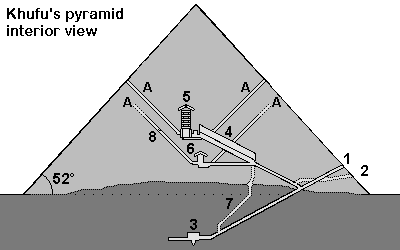
Cheops-Pyramid
1. Entrance 2. Entrance cut by grave robbers 3. Subterranean chamber 4. Grand Gallery 5. King's chamber, relieving chambers, granite portcullis slabs 6. Queen's chamber 7. Shaft 8. Limestone plugging the air shaft A= "Air shafts"
 Output / performance Output / performance
 Detailed calculations how many workers were necessary to build the pyramid Detailed calculations how many workers were necessary to build the pyramid
 Overview pyramid building Overview pyramid building
Builder
------------------- |
|
Khufu (Chuefui-Chnum or Khnum-Khuf, Cheops in Greek) during the 4th dynasty of the old kingdom |
| Time to build |
|
Probably max. 23 years (Khufu reigned from 2551 to 2528 before Christ *). Herodotus writes about 10 years of preparation and 20 years of building (details of the text) |
| Per day |
|
With 2'500'000 stones 342 stones have to be moved daily (working during 365 days a year) or 431 stones daily (working during 290 days a year). |
|
Per minute
|
|
10-hour day: every 2 minutes a stone (34 to 43 per hour)
8-hour day: nearly a stone every minute (42 to 53 stones per hour)
|
| Rule of thumb |
|
| While construction the pyramid the rate of delivery was 1 stone weighting 2.5 tons every minute. |
For our calculations we assume 500 stones a day. This is a rough estimate, assuming a 8-hour day, during 290 days a year, with 20 years to build the pyramid. Also assuming, that more time had to be used for the huge granite blocks for the King's chamber and for the more difficult upper part of the pyramid, where work went slower than in the lower parts. There probably were also other factors delaying the building of the pyramid such as the weather or a temporary shortage of certain building materials.
|
 Building materials for the Cheops-pyramid Building materials for the Cheops-pyramid
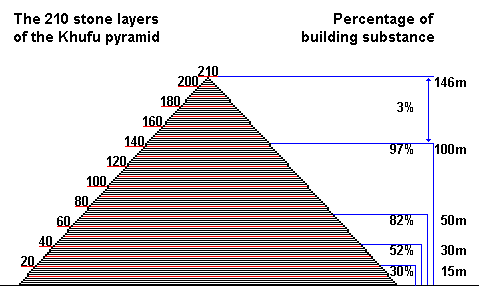
The Khufu-pyramid (Cheops) probably originally had 210 stone layers. At 50m height already 82% of the entire pyramid was built [3].
 Quarrying stones for the pyramid Quarrying stones for the pyramid
 Shipping the stone blocks down the Nile to Giza Shipping the stone blocks down the Nile to Giza
 Transporting the stone blocks using a sledge on tracks Transporting the stone blocks using a sledge on tracks
 Löhner's rope roll Löhner's rope roll
Stone blocks
------------------- |
|
2'300'000 stones |
| Casing blocks |
|
115'000 to 200'000 stones or 67'390m³ [1] |
| Total blocks |
|
2'500'000 stones |
| Stone layers |
|
Originally probably 210 stone layers, now only 201 layers [2] |
| Stone size |
|
The stone blocks usually are larger in the lower layers (1.5m = 3 cubit) and smaller in the upper layers. Most are between 1.5 and 2 cubit large (average of 127 x 127 x 71cm). 1 cubit = 0.524m - Details |
| Weight of the stone blocks |
|
With an average density of 2,6 - 2,9 t/m³ the large limestone blocks weighted 6.5 - 10 tons and the smaller ones about 1.3 tons. For all calculations on this website an average weight of 2.5 tons was used. |
| Special blocks |
|
For the King's chamber granite blocks weighting 40 to 50 tons were used |
| Total weight |
|
6'500'000 tons (average weight of a block was about 2.5 tons) |
| Pyramidion |
|
The final stone on the top was a large block in the shape of a pyramid. It was perhaps around 1.5m by 1.5m wide and 1.3m high (about 3 cubits). It was made from white Tura limestone (Turah), granite or perhaps diorite and perhaps gold plated. More information |
| Building materials |
|
Pyramid: Nummulite limestone from quarries about 200-400m south of the pyramid were used for the core stones.
Casing: light white limestone, so called Tura-limestone from quarries from the eastern shores of the Nile
King's chamber: Rose granite from Aswan 900km away
Further materials: Graywacke from the Wadi Hammamat (Eastern desert), basalt from the northern Faiyum
 Map of quarries in Egypt Map of quarries in Egypt
|
 Dimensions of the pyramid of Khufu Dimensions of the pyramid of Khufu
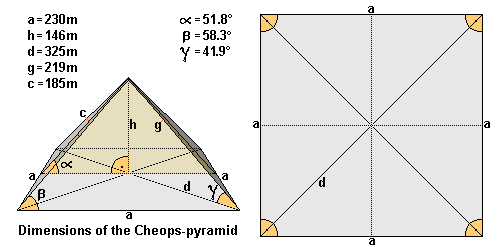
Length (a)
------------------- |
|
The average length of the edge is ~ 230.360m (230,12m = 440 cubits). Northern edge 230.328m - eastern edge 230.369m - southern edge 230.372m - western edge 230.372m. Largest difference is only 4.4cm. [3] |
| Height (h) |
|
Originally 146.59m high (= 280 cubits), the pyramid is now only 138.75m high [7] |
| Diagonal (d) |
|
325.77m |
| Ridge (g) |
|
219m |
| Height of the lateral surface |
|
186.42m |
| Pyramid angle α |
|
51° 50' 40' = inclination of the lateral surface (= 52° rounded off) [3] which corresponds to a seked of 5½ palms |
| Pyramid angle β |
|
58.3° = the two angles of the triangular lateral surface (62° = angle of the apex or tip of the pyramid) - nearly forming an equilateral triangle! |
| Pyramid angle γ |
|
41.9° = angle of the ridge |
| Corner angle |
|
Right angle base with angles from 89° 59' to 90° |
| Base area |
|
53'065.73m² |
| Superficies surface |
|
85'890.69m² |
| Pyramid volume |
|
2'592'968.43m³ including the rock core. This would be a cube with a length of 137.38m. Probable volume of stones used: 2'583'283m³ [1] or 2'326'501m³ [2]. |
| Alignment |
|
Exactly to the north (deviation only 2' 28') |
| Latitude and longitude |
|
N 29° 58’ 44.3830” latitude and E 31° 07’ 57.0194” longitude [5] |
| Altitude |
|
The base of the pyramid of Khufu lies about 60m above sea level, so the tip of the pyramid used to be on 206m above sea level [6]. |
 Alignment of the pyramids and controlling the shape of the pyramid (north-south alignment etc.) Alignment of the pyramids and controlling the shape of the pyramid (north-south alignment etc.)
 Dimensions of the pyramid of Khufu in Egyptian Royal Cubits Dimensions of the pyramid of Khufu in Egyptian Royal Cubits
 |
Length (a) |
|
440 Royal Cubits |
| Height (h) |
|
280 Royal Cubits |
| Height of the lateral surface (c) |
|
356 Royal Cubits (356.09) |
| Diagonal (d) |
|
622.25 Royal Cubits |
| Ridge (g) |
|
418.56 Royal Cubits |
| Pyramid angle α |
|
51.843° |
| Pyramid angle β |
|
58.3° |
| Pyramid angle γ |
|
41.9° |
| Corner angle |
|
90° |
It is suggested, that the Egyptians used a right angled triangle to determinate the angle of inclination of the pyramid, using the numbers a=11 and b=14 with c=17.8 (or a=22 - b=28 - c= 35.6). This determines a so called seked of 5½ palms.
 Alignment of the pyramids and controlling the shape of the pyramid (seked) Alignment of the pyramids and controlling the shape of the pyramid (seked)
 Sources Sources
[1] M. Lehner The Complete Pyramids of Egypt
[2] G. Goyon Die Cheops-Pyramide
[3] R. Stadelmann Die grossen Pyramiden von Giza
[4] F. Abitz Der Bau der grossen Pyramide mit einem Schrägaufzug
[5] GPS-coordinates of a brass disk on top of the pyramid of Khufu, Giza Plateau Mapping Project (GPMP)
[6] Maps of the Giza Plateau Mapping Project show the altitude as 60m
[7] D. Arnold Building in Egypt
* Dates according to conventional Egyptian chronology are used in this website. These are based on several list of the dynasties of pharaohs, for example the Aegyptiaca of Manetho of Sebennytos.
https://www.cheops-pyramide.ch/khufu-pyramid/khufu-numbers.html |
|
|
 Primeira Primeira
 Anterior
145 a 159 de 159
Seguinte Anterior
145 a 159 de 159
Seguinte
 Última
Última

|




.jpg)
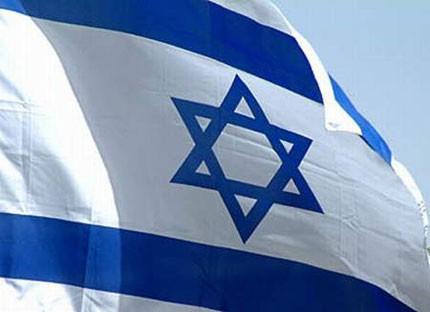



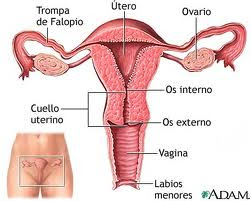
















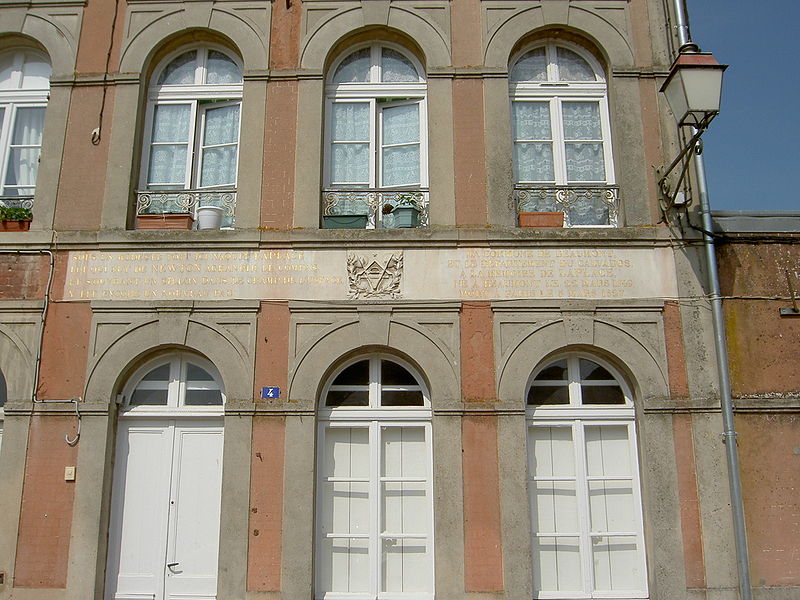 Casa natal de Pierre-Simon Laplace. Fuente: Wikimedia Commons
Casa natal de Pierre-Simon Laplace. Fuente: Wikimedia Commons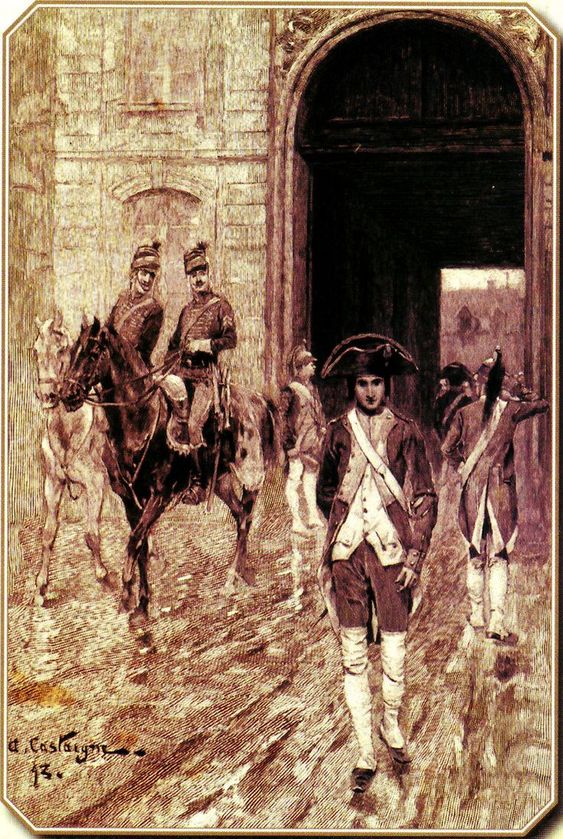 Grabado del cadete Napoleón Bonaparte en la Escuela Militar de París en 1784. Fuente: www.elgrancapitan.org/foro
Grabado del cadete Napoleón Bonaparte en la Escuela Militar de París en 1784. Fuente: www.elgrancapitan.org/foro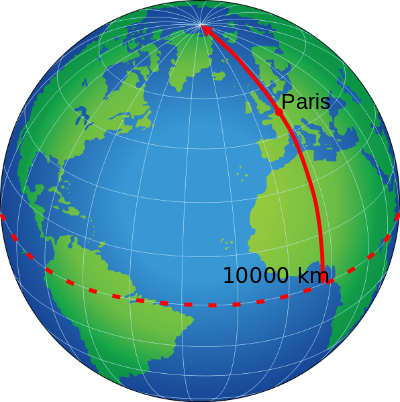 El metro se definió como el metro como la diezmillonésima parte de la distancia media del Polo Norte al Ecuador. Fuente: https://www.wikiwand.com/es/Sistema_m%C3%A9trico_decimal
El metro se definió como el metro como la diezmillonésima parte de la distancia media del Polo Norte al Ecuador. Fuente: https://www.wikiwand.com/es/Sistema_m%C3%A9trico_decimal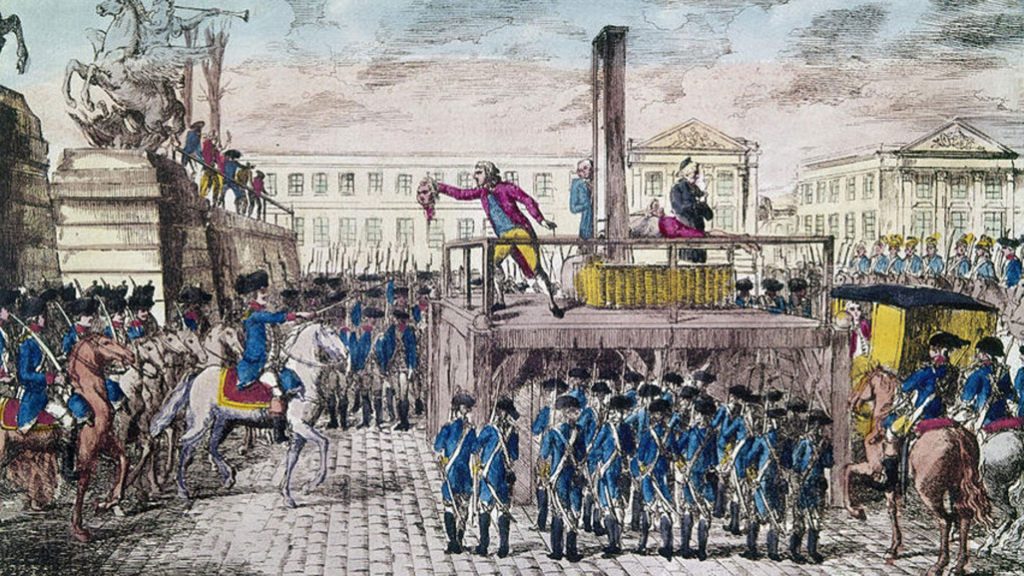 Lavoisier muerte guillotinado el 8 de mayo de 1794. Fuente: https://www.infobae.com/america/historia-america/2019/11/16/la-tragica-e-injusta-muerte-de-lavoisier-padre-de-la-quimica-moderna-guillotinado-por-venganza/
Lavoisier muerte guillotinado el 8 de mayo de 1794. Fuente: https://www.infobae.com/america/historia-america/2019/11/16/la-tragica-e-injusta-muerte-de-lavoisier-padre-de-la-quimica-moderna-guillotinado-por-venganza/
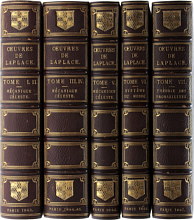 Cinco volúmenes de la Mecánica Celeste de Laplace. Fuente: https://www.astromia.com/biografias/laplace.htm
Cinco volúmenes de la Mecánica Celeste de Laplace. Fuente: https://www.astromia.com/biografias/laplace.htm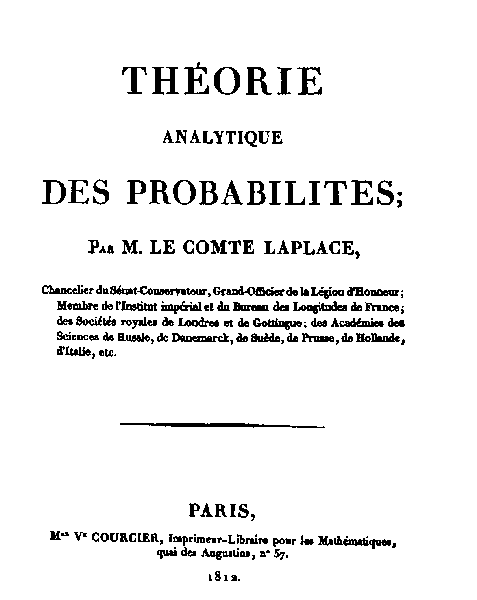 Fuente: http://momentosestelaresdelaciencia.blogspot.com/2014/04/pierre-simon-laplace.html
Fuente: http://momentosestelaresdelaciencia.blogspot.com/2014/04/pierre-simon-laplace.html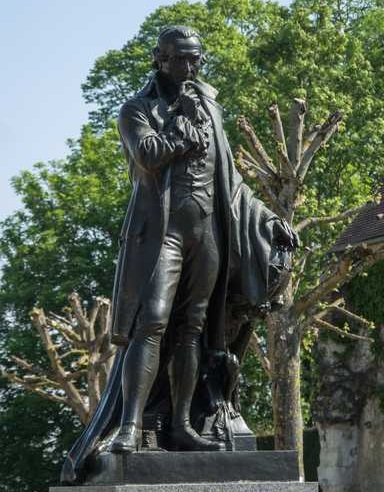 Foto de Laplace en Beaumont-en-Auge.
Foto de Laplace en Beaumont-en-Auge.